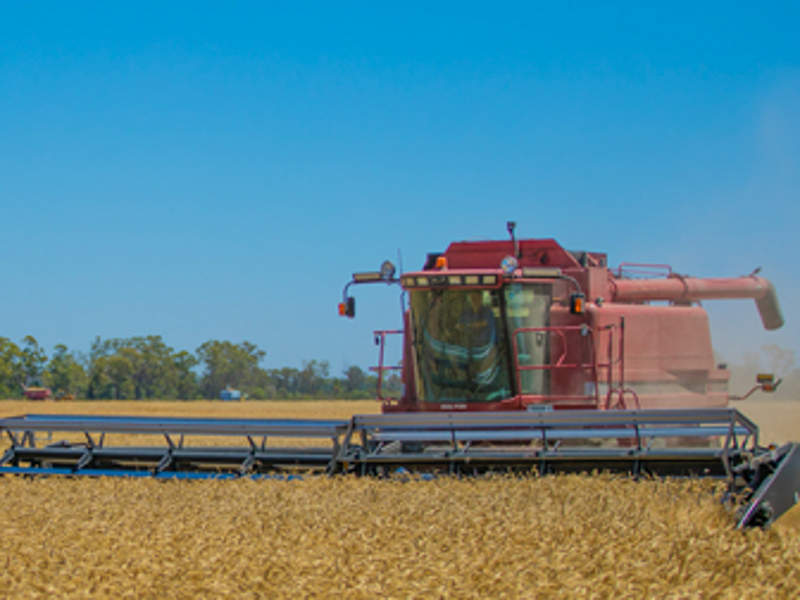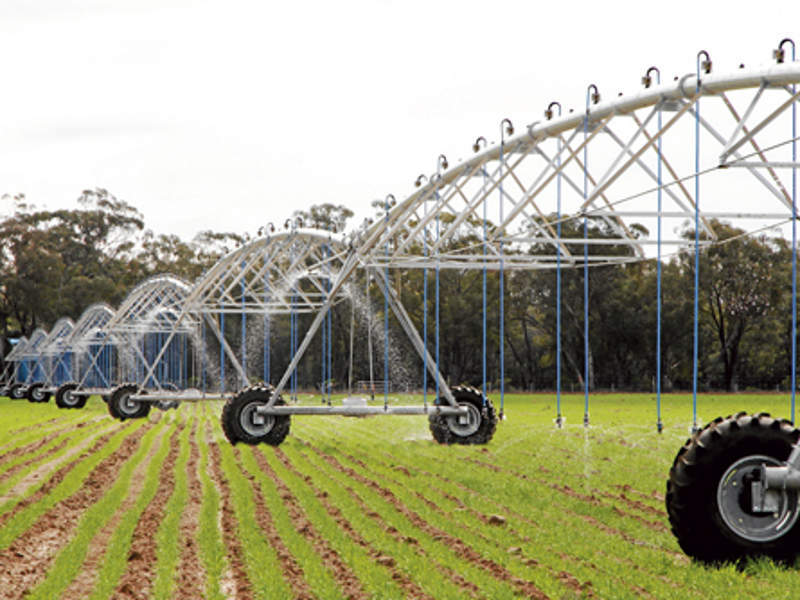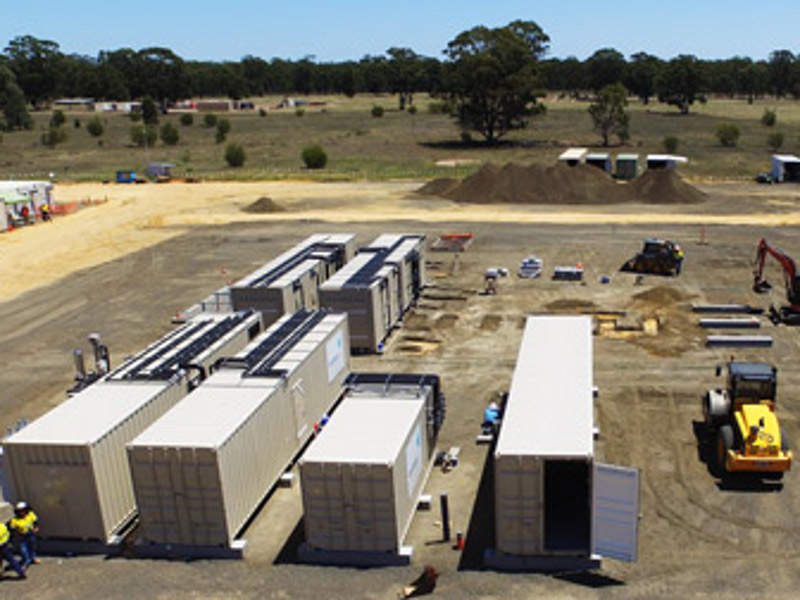Narrabri coal seam gas pipeline, also known as the Western Slopes Pipeline (WSP), is a 450km pipeline project to transport gas from the proposed Narrabri coal seam gas project in the Pilliga forest near Narrabri in north-west New South Wales (NSW), Australia.
The gas pipeline is proposed to be developed and operated by APA Group, Australia’s biggest pipeline operator, with an estimated investment of $500m.
The fate of the pipeline is, however, linked with the progress of the controversial $3.6bn Narrabri coal seam gas project (CSG) being undertaken by the Australian energy company Santos, which has suffered delays awaiting regulatory approvals.
If both the gas and pipeline projects are approved, the Narrabri CSG pipeline will be able to supply up to 50% of NSW gas needs, while overcoming the gas shortfall in Australia’s east coast domestic market.
Narrabri CSG pipeline project history and development details
The Narrabri gas project was originally proposed to be developed by Eastern Star Gas (ESG). The first coal seam gas wells for the project were drilled in 1998.
APA entered into an agreement with Easter Star Gas for investigating the pipeline route for carrying gas from the proposed Narrabri gas project site to the south-eastern Australian gas markets, in July 2008.
Santos continued exploration drilling at the site after taking over Eastern Star Gas in November 2011 and had spent $1bn on the project as of August 2014.
APA signed an agreement with Santos to build and operate the Narrabri CSG pipeline in January 2017.
Santos submitted the project development application and the associated environmental impact statement (EIS) for the project to the New South Wales (NSW) Department of Planning and Environment (DPE) in February 2017.
The EIS for the Narrabri gas project is currently under consideration by both the State and the Commonwealth governments.
Witnessing overwhelmingly negative response from environmental activists and local stakeholders, the DPE requested Santos to provide further clarifications and inputs for the environmental impact statement of Narrabri gas project in October 2018.
APA lodged a preliminary environmental assessment (PEA) for the pipeline with DPE in February 2017 and completed field survey work required for the preparation of EIS for the pipeline by February 2018.
APA will submit the EIS for the pipeline only after the completion of environmental impact assessment for the gas project.
Narrabri CSG pipeline design and route details
The 450km Narrabri CGS gas pipeline is proposed to originate at the north of the Pilliga National Park and continue in the west-southwest direction traversing through Coonamble, Warren, and Tottenham, to connect the Moomba-Sydney pipeline at the Bundure mainline valve station, approximately 100km west of Condobolin.
The pipeline will comprise epoxy-coated steel pipe segments of diameter ranging between 400mm and 450mm.
The burial depth and easement width for the pipeline will be 9m and 30m, respectively.
The pipeline is expected to supply 200TJ of gas a day and increase the existing capacity of APA’s 7,500km-long East Coast Grid pipeline system.
Narrabri coal seam gas project details
The Narrabri gas project in the Pilliga forest is proposed to be developed with a total of 900 wells targeting the coal seam natural gas from the Gunnedah Basin of New South Wales.
The project site covers 95,000ha, approximately 60% of which belongs to the Pilliga state forest region.
Santos has announced that the project will occupy just 1,000ha for operations.
The site already has 50 exploration gas wells, which can be converted into production wells. Santos is seeking for permission to develop the project by drilling 850 new production wells at 425 different locations within the project site.
A water treatment facility for the project was built in 2016, to process water extracted from the gas wells for use in irrigation.
Narrabri coal seam gas controversy
The Narrabri gas project as well as the associated pipeline project has been witnessing stiff resistance from the local community, farmers, and environmental groups since 2008.
It is alleged that the coal seam gas project, if approved, would impact water resources used by farmers and destroy the aboriginal cultural heritage in the Narrabri area.
The release of EIS for the project in February 2017 triggered 2,300 responses, out of which just 300 responses were in favor of the project and the remaining 2,000 responses were against the project.





